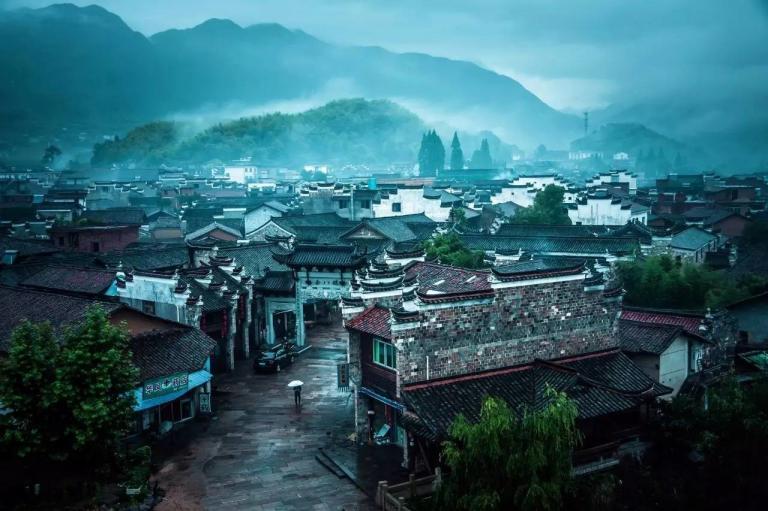The Immigrant Town of Nianbadu
2 min readDevelopment of Nianbadu began in 1931 in a basin in the Xianxia mountains where the three provinces of Zhejiang, Fujian and Jiangxi meet. The town is surrounded by mountains covered in trees. to the south is the xiaogangling reservoir, which feeds the nianbadu Creek flowing from north to south, creating a beautiful scene. Nianbadu was important commercially and militarily in ancient times. Many military personnel and traders passed through the town during its 1, 000 years of history, leaving their trace in the 142 different surnames and nine dialects and a wide variety of folk customs and folk arts in the town and producing an “immigrant culture in the town different from that of other ancient towns in southern China. Thus people call it a cultural enclave and”small immigrant town.

The major families of the ancient town include the families of cao, jiang, Yang, and Jin, which are grouped in clans. a total of 36 large ancient courtyard compounds have been entirely preserved. Standing on the old streets, the most obvious and unique feature is the lintels of the doorways, usually in the form of an arched doorway, with overhead beam, rafter, and eaves. Every part is decorated with carefully crafted wood carvings in th e form of auspicious symbols.
Because the ancient town was protected by surrounding mountain passes, it was seldom subject to attack. Two sections of ancient commercial streets about one kilometer in length and 36 common dwellings have been fairly well preserved. One ancient street in the town that was built in the 19th century is so narrow that a modern car cannot pass through it but the two sides of the street are tightly packed with stores and shops. The interior of the houses are neat and clean and in the doorways hang traditional signs. The street stretches 1.5 kilometers in length and reflects the rich cultural atmosphere of the ming and Qing dynasties. Over 10 public buildings and more than 20 common residences have basically preserved the architectural appearance of the ming and Qing dynasties. The architectural styles are different from the style of diverting rainwater to the courtyard of the Zhejiang-Anhui region of rivers and lakes, blending the style of wood carvings from Zhejiang, the engraved bricks of Anhui and the stucco walls of jiangxi and architectural styles of the Hakka people of northern Fujian and even Roccoco style. In particular, the two “Wenchang Pavilions, one large and one small,contain frescoes with extremely high cultural value and stone inscriptions, which are seldom seen in the country. For these reasons they have been called the “museum of folk architecture.

In the ancient town of Nianbadu, with its ancient paths, impregnable pass, small bridges, peasant houses, and flowing water, ancient streets follow the winding path of the brook with a patchwork of ancient buildings of various heights. The major scenic spots in the town include”Shui’ an Liangfeng,””Fengxi Wangyue,””Zhengshou Qinglan,”Longshan muma.”









